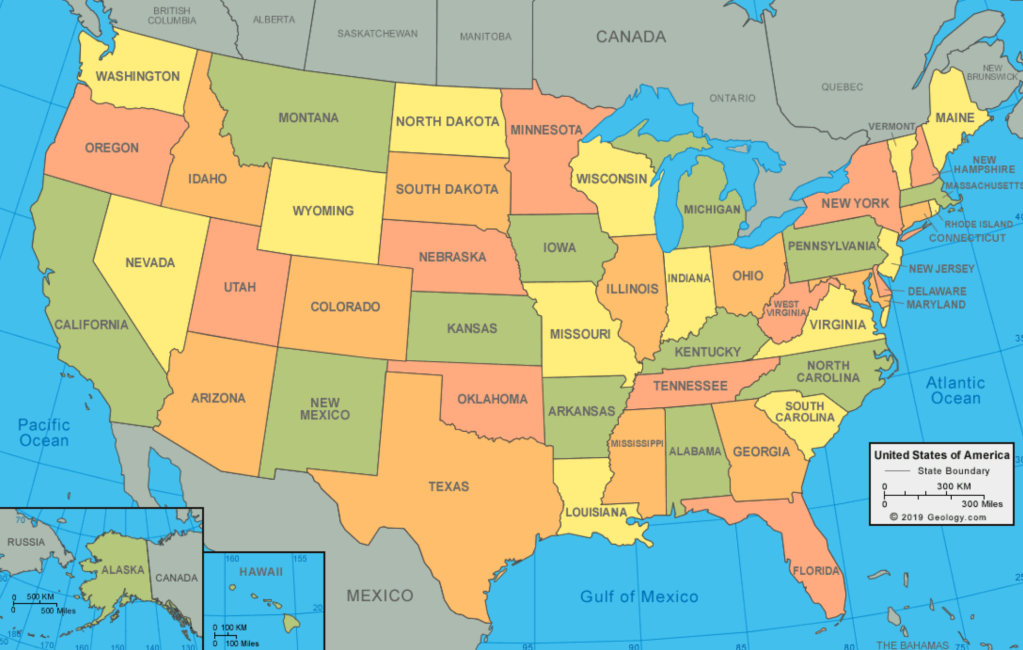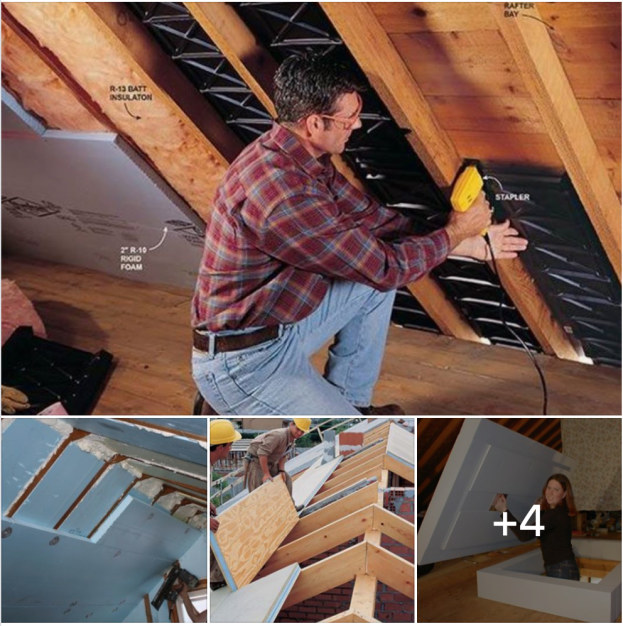The Facebook pages/groups and the off grid website provide info on building off grid homes, producing solar power, growing organic gardens, raising livestock and harvesting rainwater in Arizona, California, New Mexico, New York and Texas

SACRAMENTO, California – The Guide to Off Grid Living announced today that it has launched a new website to educate people that want to buy a rural piece of property and build an off-grid homestead in Arizona, California, New Mexico, New York or Texas.
“Today’s world is full of high-technology gadgets, computers, cell phones, cloud-based services that are all dependent on electricity, but as more than 2 million people found out in California, that can change instantly overnight and without warning,” said Robert Hoskins, Editor, Guide to Off Grid Living. “Our living off grid guide is written specifically to help beginners learn how to survive as long as the sun is shining and the clouds are raining.”
“Even if you live in a suburban or a downtown urban environment, almost anyone can prepare themselves and their family to live in a world without water, gas or electricity from local utility companies, which might vanish overnight, whether it be just for a couple of days or many months at a time,” Hoskins continued. “On the plus side, imagine what it would be like to live in a home with zero utility or grocery bills.”
The site is located at Living-Off-Grid.com and covers a wide variety of off the grid subject matters, how-to articles, video tutorials and guides for beginners, which provide top tips, tricks and strategies for off grid living and homesteading.
Building an Off Grid Shelter
For shelter, the site provides insightful information that beginners can use to research, plan and build their first off grid home, cabin, shed, tiny home, container house, earthship, steel building, terraced homes, yurts, glamping tents, Indian Tipi, underground bunker or wilderness shelters.

Living Off Grid – How to Turn a Shed into an Off Grid Cabin or Home
Installing an Off Grid Renewable Energy Power Source
For energy, the site details how to harness solar, wind and hydro energy to produce solar electricity, solar hot water, passive solar window furnace, solar lighting systems and solar ovens for cooking as well as the best backup generators.

Guide to Off Grid Living – How to Select between Mono-Crystalline vs Polycrystalline Solar Panels
Planting an Off Grid Garden and Raising Livestock
For food, the site details how to plant organic raised-bed gardens to grow vegetables, grain, medicinal herbs; how to build aquaponic gardens/fish farms; and how to raise chickens, ducks, rabbits, goats, bees and other live stock to put food on the table.

Off Grid Living – How to Build a Predator Proof Chicken Coop to Protect Against Foxes, Skunks, Opossums and Raccoons
Providing an Off Grid Source for Fresh Water
For water, the site details how to collect water utilizing rainwater harvesting systems using rooftops and collection barrels/cisterns; how to build fresh water ponds for raising fish/aquatic plants; and how to drill your own well if the water table is close to the surface.

Off Grid Living – How to Install Rain Barrel Cisterns to Collect Rainwater and Store It to Provide Water
Providing an Heat Source for an Off Grid Home, Cabin or Shed
For heating, the site details how to select wood stoves, micro stoves, stove top blowers, small rocket stoves or large rocket mass heater/masonry stoves and tutorials on selecting the best chainsaws and how to build a firewood shed to keep wood dry.

Living Off Grid – Using an Efficient Wood Stove to Heat an Off Grid Shed, Cabin or Home
The Best States to Start Living Off the Grid
In addition to its first five business pages on Facebook, https://livingoffgrid.home.blog/ provides information for beginners that want to learn more about what it takes to live off the grid in Alabama, Alaska, Arizona, Arkansas, California, Colorado, Connecticut, Delaware, Florida, Georgia, Hawaii, Idaho, Illinois, Indiana, Iowa, Kansas, Kentucky, Louisiana, Maine, Maryland, Massachusetts, Michigan, Minnesota, Mississippi, Missouri, Montana, Nebraska, Nevada, New Mexico, New York, Oregon, Pennsylvania, South Dakota, Tennessee, Texas, Utah, Vermont, West Virginia, Wyoming or anywhere in the United States.

Off Grid Living – How to Buy Raw Land Parcels for an Off Grid Homestead
# # #
38.581572
-121.494400














